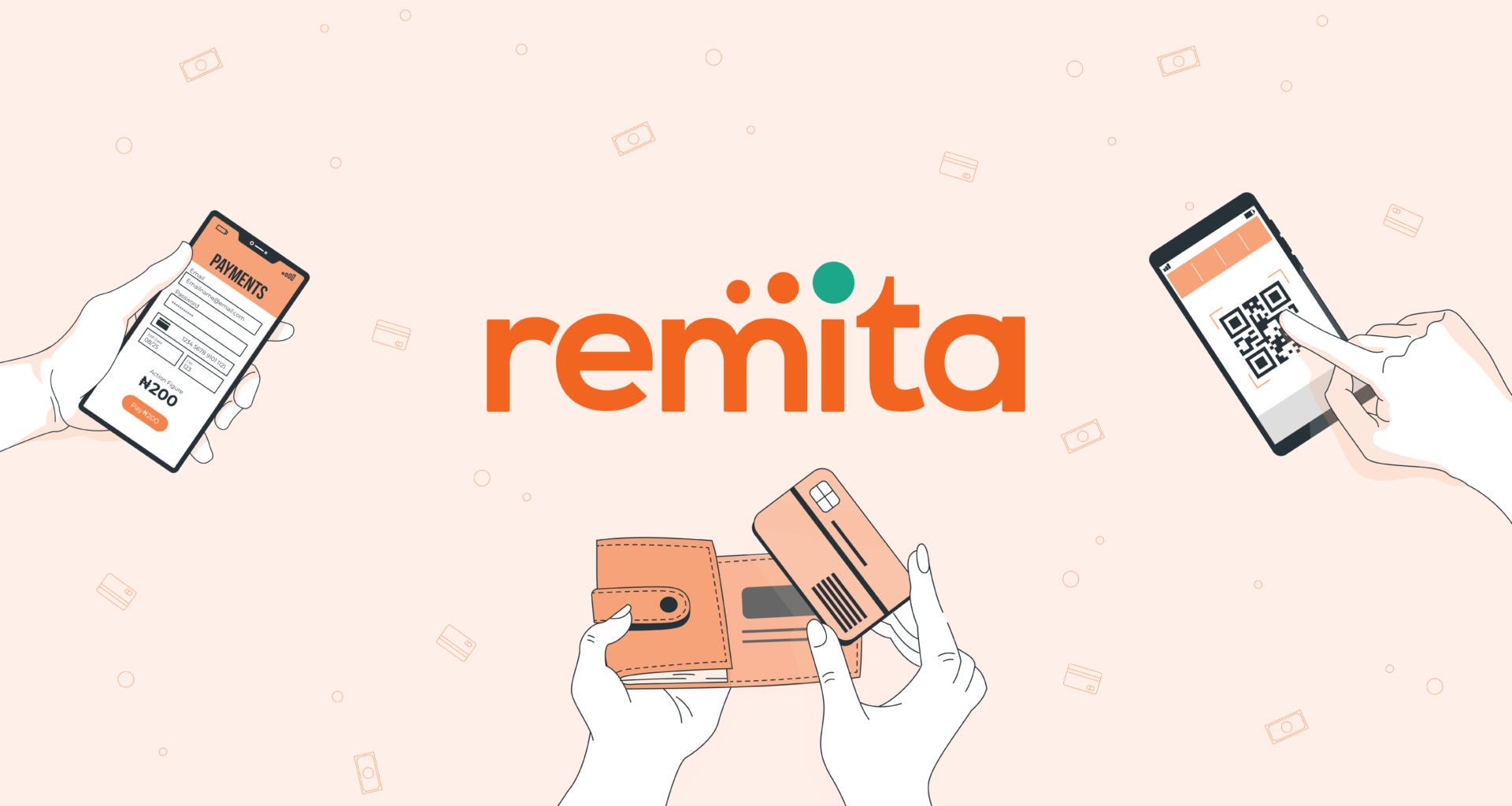Introduction
Accepting payments is a vital aspect of operating an online business. Whether you are selling products or rendering services, offering a range of payment options can significantly enhance sales and convenience for your customers. This blog post aims to discuss the array of payment benefits available to online businesses.
Understanding Online Payments
Online payments facilitate the exchange of money for goods or services via the internet, connecting customers directly to online businesses. This system supports various payment methods to suit the diverse preferences of digital consumers. The ecosystem consists of multiple stakeholders, including customers, merchants, payment gateways, and financial institutions that back the transactions. Customers can select their preferred payment method, and the transaction details are securely transmitted through a payment gateway. As technology advances and consumer behaviours shift, online payments continue to evolve. Understanding how this system works and staying informed about the available options is crucial for effectively navigating the online marketplace.
Traditional Payment Methods
In Nigeria, traditional payment methods predominantly include cash transactions and, more recently, bank transfers. While cash payments contradict the concept of online transactions, bank transfers align more closely with the needs of digital commerce.
Point-of-sale (POS) systems have also become increasingly popular across Nigeria in recent years. Major supermarkets and small to medium enterprises (SMEs) commonly utilise POS systems to process payments. However, like cash transactions, POS payments typically require the cardholder’s physical presence, which limits their utility for purely online businesses. This highlights the need for more integrated online payment solutions that can accommodate the growing demand for remote and digital transactions.

Bank transfers have long been a staple payment method, effectively bridging the gap between traditional and modern practices due to their directness. This method transfers funds directly from the customer’s account to the merchant’s, making it one of the most straightforward options for online transactions.
However, a significant drawback of bank transfers is the potential delay in funds reaching the merchant’s account. Despite this, bank transfers are highly regarded for their speed and convenience, positioning them as one of the preferable payment methods for online businesses.
Modern Payment Methods
As technology evolves, more payment options continue to emerge, all trying to make payments faster, easier, and more seamless for merchants and customers. One such method is payment gateways.
Payment gateways
Payment gateways act as intermediaries between the customer and the merchant, helping the merchant receive payment from the customer. They typically offer a streamlined and user-friendly checkout experience, which can be very useful for customer retention and acquisition.
Features of payment gateways
- Enhanced security: By implementing advanced encryption techniques and fraud detection algorithms, they safeguard sensitive financial data against unauthorised access, instilling consumer confidence.
- Low transaction fees: Transaction fees are typically low and cost-efficient. This can be particularly beneficial for small to medium-sized online businesses looking to optimise their operating expenses.
- Multiple payment options: Payment gateways typically offer numerous payment options, offering flexibility to your customers.
In addition to their basic functionality, these gateways offer value-added services, including easy integration with e-commerce platforms, real-time analytics, and customer support. These features simplify the management of online transactions and facilitate efficient, secure, and cost-effective transactions.
Comparison Table
| Traditional payment methods | Modern payment methods |
| Online, contactless and no physical presence required. | |
| Access is typically local, not global. | Accessible globally, facilitating international transactions. |
| Low reliance on technology and internet access. | Heavily reliant on technology and internet access. |
| No integration possible. | Easy to integrate with software or online platforms. |
Choosing the Best Payment Method for Your Business
Selecting the appropriate payment solution involves thoroughly analysing your business model, target market, and the type of transactions you expect. Here are some factors to consider when deciding on a payment method:
- Transaction fees: Some payment methods require a transaction fee for all transactions. It is important to know these charges, as they could affect your profit margins.
- Customer base and behaviour: Understanding your target audience or customer base will help you know which payment method is best for them. Older people may favour a particular method, while young people may favour another. Understanding your customers’ preferences will help you choose the most convenient and accessible for them, leading to enhanced customer satisfaction and retention.
- Security features: An important factor to consider is the security of the available payment methods. Data protection is crucial for keeping your customers’ data safe.
- User-friendly checkout process: Using modern payment methods, you must consider how user-friendly the checkout process is. You want the checkout process to be seamless and easy to use, as this can reduce cart abandonment rates and improve the shopping experience.
Conclusion
Fintech is ever-evolving, which means payments will continue to evolve. Customers’ needs, desires, and behaviours will also continue to evolve. Online businesses must evolve to meet their customers’ needs and enable them to make payments without hassle.
Merchants must choose the best payment method to ensure their businesses stay relevant. Remita offers many payment options and enables merchants to receive customer payments efficiently.

